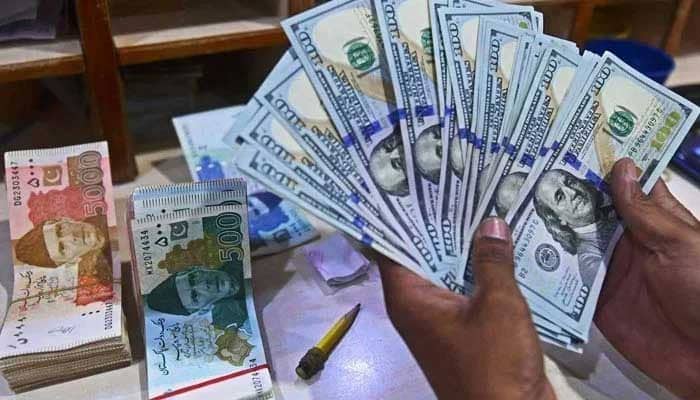Currency Exchange Rates in Pakistan Today – January 12, 2024
Currency exchange rates play a significant role in Pakistan's economy, impacting businesses, travelers, and everyday citizens. On January 12, 2024, Pakistan's currency market is reflecting ongoing fluctuations influenced by domestic and global factors. Let’s dive into today’s rates, the reasons behind these changes, and their potential impact.
Today's Exchange Rates in Pakistan
As of January 12, 2024, here are the latest exchange rates for some key currencies in Pakistan:
| Currency | Buying Rate (PKR) | Selling Rate (PKR) |
|---|---|---|
| US Dollar (USD) | 292.50 | 294.00 |
| Euro (EUR) | 318.00 | 320.50 |
| British Pound (GBP) | 368.00 | 370.50 |
| Saudi Riyal (SAR) | 78.20 | 78.80 |
| UAE Dirham (AED) | 79.90 | 80.50 |
Note: Rates vary slightly between banks, exchange companies, and open markets.
Factors Influencing Exchange Rates
-
Global Dollar Strength:
The US dollar remains strong globally due to steady economic performance and higher interest rates by the Federal Reserve. This strength puts pressure on the Pakistani rupee. -
Domestic Economic Challenges:
- Rising inflation and a high fiscal deficit in Pakistan have weakened the rupee.
- Low foreign exchange reserves make it difficult for the State Bank of Pakistan (SBP) to stabilize the currency.
-
Imports and Exports:
- Pakistan's dependence on imports for oil and machinery creates a demand for foreign currencies, further impacting the rupee.
- On the other hand, remittances from overseas Pakistanis and export revenues provide support.
Geopolitical Factors:
Regional tensions and global market uncertainties influence investor confidence, impacting exchange rates indirectly.
How Exchange Rates Impact Everyday Life
-
Rising Costs of Goods:
A weaker rupee increases the cost of imported goods such as fuel, electronics, and food items, leading to inflation. -
Travel and Education:
Pakistanis traveling abroad or paying for international education face higher expenses as foreign currencies become more expensive. -
Business Operations:
Import-dependent businesses, such as automobile and technology sectors, struggle with higher costs, which are often passed on to consumers. -
Benefits for Exporters:
On the positive side, a weaker rupee makes Pakistani goods cheaper for foreign buyers, potentially boosting exports.
What Does This Mean for the Economy?
The fluctuation of exchange rates reflects deeper economic challenges. Low foreign exchange reserves and mounting debts make it difficult to stabilize the rupee. The government and the SBP are trying to address these issues through policies like:
- Negotiating with the International Monetary Fund (IMF) for financial support.
- Increasing export incentives and reducing non-essential imports to balance the trade deficit.
Encouraging remittances by providing better rates through official channels.
What Can You Do as an Individual?
-
Use Official Channels for Currency Exchange:
Avoid the black market to ensure better rates and legal compliance. -
Monitor Exchange Rates:
If you deal with foreign currencies, regularly check rates to make informed decisions. -
Plan Ahead for Travel and Payments:
If you need foreign currency, buy it when rates are favorable.
Conclusion
Exchange rates in Pakistan on January 12, 2024, highlight both domestic and global economic challenges. The fluctuating value of the rupee directly impacts people’s lives, businesses, and the economy as a whole. While the government and the central bank are working to stabilize the situation, individuals should remain aware of these changes and plan their finances accordingly.
By staying informed, you can better navigate the impact of exchange rate fluctuations on your personal and professional life.



You must be logged in to post a comment.